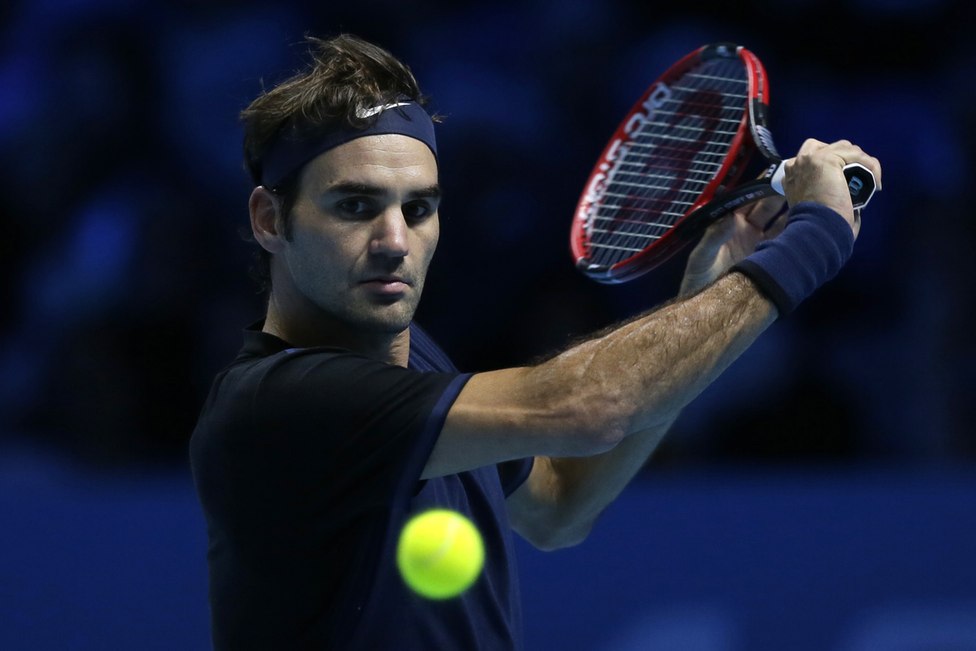By Sean Gibbon
I’ve had this conversation many times:
“My son plays tennis. Should he play squash?”
“Yeah, sure,” I say.
“Won’t it hurt his tennis game?”
“I don’t think so.”
To keep it light, I always add, “All racquets are good. Play everything. Tennis, squash, paddle, ping pong, badminton.”
Often, the parent looks skeptical. But most of the time they decide to give it a try anyway. Because you see they’ve hit a roadblock of sorts.
Let me explain.
I’m a squash pro in Connecticut. Usually, when I get a kid from tennis it’s because something isn’t working. The kid is 13 or 14, burned out, sick of training. Maybe the results aren’t there. Maybe the flash of talent, or perceived talent, at age 10 hasn’t panned out. In any case, they arrive on my squash court a bit defeated by tennis.
I put a loaner squash racquet in their hand. They play in tennis shoes. And off we go.
I have to say in twenty years of doing this, this is the easiest lesson in the world. Right away we start hitting. No talk of grip, swing, technique. Nothing. Just hit and run. It’s a blast. It’s easy for me. And it’s a relief for the kid.
And it’s good for business. They always come back for another lesson. Always.
Other squash pros disagree with my method. They emphasize the grip change the moment the lesson starts. They start with very slow drills to learn a squash swing. The lesson never gets off the ground. I find it hard to watch.
Maybe in the second or third lesson, as I get to know the kid – and the parent, of course – I bring up the fact that Roger Federer grew up playing squash with his father. (His mother was from South Africa. Anywhere the British went, they brought squash, I add.)
I think these details help the kid (and the parent!) come back for more squash. It opens a window of sorts: maybe we can do both sports? Because no one is ready to admit that all those tennis lessons were wasted. No one is actually saying that tennis training is over. It’s just a break. Squash is a little detour. On the road back to tennis. Fine with me.
At the water break, or sometimes on court, I often talk about Federer’s slice backhand. It’s a squash shot, I say.
Federer hits it all the time, as any tennis fan knows. It’s a beautiful shot. The ball comes back low and difficult to handle, difficult to return with top spin. It’s a pain. I love it. It happens to be my best shot on the tennis court.
Sometimes if the conversation is going well at the water break, I bring up the fact that Fed’s backhand slice has more revolutions per second (RPS?) than Nadal’s forehand. No one believes it. You can look it up, I say. But I don’t dwell on it. Fun facts are great, but why stop sweating? Squash sells itself. So we hop back on court.
Here is what I’d like to see: a tennis kid on the rise coming in for a squash lesson. Meaning, no tennis roadblocks in sight. No burnout, no fatigue. Tennis is going great, kid’s kicking butt, but wants to give squash a try.
I’ve never had this kid on my squash court.
In this instance, I believe that squash could help take the player’s tennis game to the next level. Or at the very least add another dimension with a reliable and very annoying backhand slice.
Interesting fact: Tennis kids who come to my squash court don’t have this shot! They can’t hit a backhand slice in tennis or squash!
Why? The answer is obvious – baseline topspin dominates in tennis. But my god why not learn the Federer shot? Am I right to say that 25 percent of Fed’s backhands are hit this way?
So I want the tennis kid who is flying high with tennis to come on my squash court.
This has never happened before.
I understand why. It’s so counterintuitive it almost seems totally wrong. Like deliberately messing with a good thing. But don’t you want Fed’s shot?
Author bio: Sean Gibbon is a squash pro based in Connecticut.

